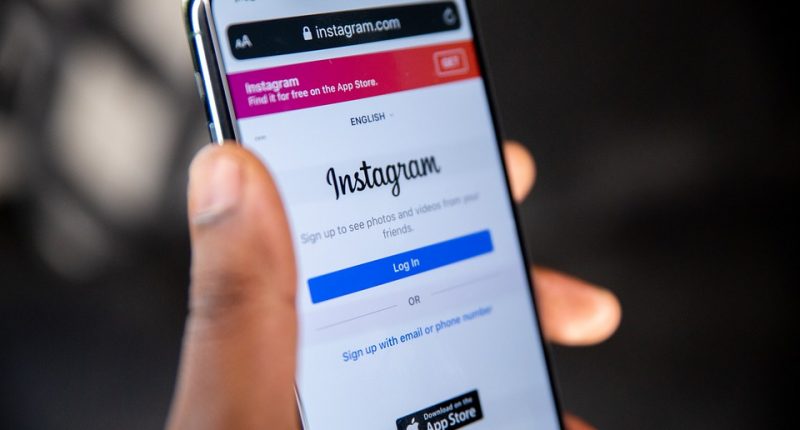Instagram chief Adam Mosseri has sought to end one of the most persistent suspicions surrounding Meta Platforms: that the company covertly activates smartphone microphones to listen to users and refine its advertising. In a video message released Wednesday, Mosseri insisted that “we do not listen to you.” The denial came on the very day Meta announced that data from user conversations with its AI products will soon be incorporated into its vast ad-targeting system—a juxtaposition that is likely to fuel, rather than quiet, public skepticism.
The claim that Meta secretly records conversations has circulated for nearly a decade, surviving multiple denials by senior executives and repeated clarifications in corporate documentation. In 2016, when the company was still known as Facebook, it issued a public statement declaring that the microphone was not used to influence ads or shape the News Feed. Two years later, CEO Mark Zuckerberg was asked the same question in a Senate hearing and answered with a direct “no.”
In his video, Mosseri provided a rebuttal. He suggested that targeted ads often result from prior online activity: users may have visited a retailer’s website before having a spoken conversation about it, enabling retargeting. In addition to this, he pointed to social proximity: ads are sometimes delivered based on the behavior of friends or people with similar demographics. If a conversation partner previously searched for a product, that interest could trigger ads for those in their circle.
A third possibility, he said, is subconscious exposure: people may have scrolled past an ad before and not registered it, only to find the subject surfacing later in conversation. Finally, Mosseri attributed some cases to coincidence. These explanations are consistent with how programmatic advertising works. Meta operates one of the largest behavioral data networks in the world, drawing on browsing histories, in-app behavior, location data, and third-party partnerships. The resulting profiles allow for predictions that can feel uncomfortably precise, without the need for surreptitious audio collection.
What made Mosseri’s intervention curious was not its content but its timing. Hours earlier, Meta announced an expansion of its data policy: conversations with AI products such as Meta AI and other generative chat tools will now be used to personalize advertising. Starting December 16, users across most markets will see ads influenced not only by browsing and social activity, but also by interactions with AI systems that encourage them to share preferences, ideas, and plans. Meta denies eavesdropping through microphones, but is simultaneously broadening the categories of personal communication it can harvest through voluntary engagement.
Meta’s track record on privacy complicates its messaging, though. The company agreed to a record $5 billion settlement with the U.S. Federal Trade Commission in 2019 over the mishandling of user data. European regulators have repeatedly fined the firm for violations of the General Data Protection Regulation (GDPR), including a €1.2 billion penalty in 2023 for unlawful data transfers. Still, the endurance of the “microphone myth” is partly psychological. Humans are prone to confirmation bias: noticing coincidences that align with suspicions while disregarding contradictory experiences. At the same time, the advertising technology ecosystem is intentionally complex, making it difficult for ordinary users to understand how data travels between apps, websites, and ad networks. When an advertisement appears moments after a related conversation or search, the simplest explanation for many is that the phone was listening—even if the real answer lies in invisible data flows involving cookies, trackers, and profiling algorithms.
The Tech Portal is published by Blue Box Media Private Limited. Our investors have no influence over our reporting. Read our full Ownership and Funding Disclosure →





